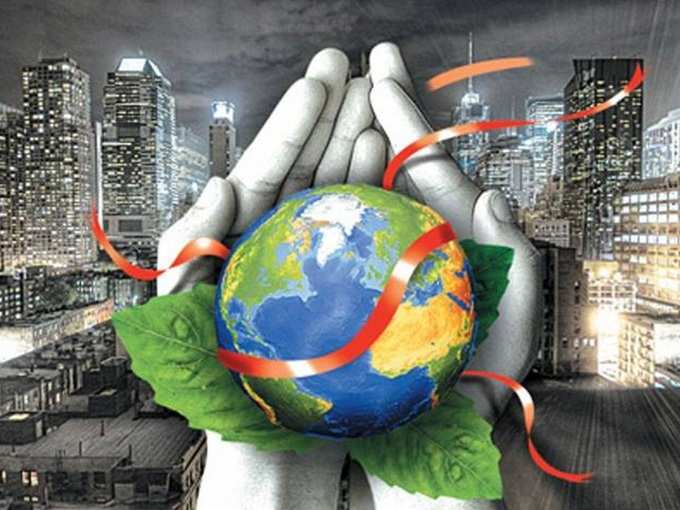
Six years later, countries from across the globe are meeting again in Paris in December this year for the UN Climate Summit to formulate a legally binding agreement that set specific time frame for top polluting countries to cut carbon emissions.
While country heads miserably failed to show responsible leadership traits at Copenhagen, leaders of the world’s biggest economies will get another opportunity to initiate responsible action and the change the course of history that can otherwise turn catastrophic in the near future as
There are some positive signs that world leaders are likely to exhibit more shades of prudence this time. The US and China, the world’s biggest polluters, began tackling
These gestures assume significance as such joint statements were unthinkable six years ago. And now climate science is forcing country heads to look at global warming more seriously. So what is the science behind environmentalists’ alarm signals on global warming?
Since the beginning of human civilisation, the atmosphere contained about 275 ppm of carbon dioxide, one of the most heat trapping gases (ppm stands for ‘parts per million’, which is a way of measuring the ratio of carbon dioxide molecules to other molecules in the atmosphere). A few hundred years ago, as humans began to burn coal, gas and oil to produce energy and goods; and gradually, the amount of carbon in the atmosphere began to rise. Most human activities like cooking food, heating homes and turning the lights on rely on energy sources that emit carbon dioxide and other heat-trapping gases. And in the process, humans are releasing millions of years worth of carbon into the atmosphere, which was once stored beneath the earth as fossil fuel.
The carbon dioxide levels in the atmosphere currently stand at 400 ppm and humans are adding 2 ppm of carbon dioxide to the atmosphere every year.
Climatologists say that if humanity wishes to preserve a planet similar to that on which civilisation developed and to which life on Earth is adapted, carbon dioxide levels in the atmosphere needs to be reduced from 400 ppm currently to 350 ppm, which, according to scientists, is ‘safe’ for humanity survival on planet Earth. If we don’t rapidly turn the maddening carbon dioxide addition around and return to below 350 ppm level, we risk triggering tipping points and irreversible impacts that could send climate change spinning truly beyond our control, climatologists warn.
China, the US, the EU, India, Russia, Japan are topping the list of countries with maximum CO2 emissions; while China's CO2 emissions were estimated around 10 billion tonnes in 2012, that of the US was more than 5 billion tonnes and EU more than 4 billion tones. India’s contribution was roughly one-third of China's and half of the US’.
Between 1850 and 2012, the US and Europe produced 45% of greenhouse gases currently in the atmosphere, compared to 18% from China and India, according Climate Analytics, a non-profit organisation. However, it is estimated that by 2020, China alone will produce 24% of global greenhouse gas emissions, the US 13% and the EU 8% and India 7%.
So mathematically, China, the US, the EU along with India can play a large part in shaping the future of the planet by reducing carbon emissions.
While the US’ emissions are less than China’s, its per-capita emissions are three times that of China and 10 times India’s. Therefore, if the US wants to persuade China, the EU and India to reduce CO2 emissions, it must lead the way by switching to low-carbon energy sources.
At a time when poverty reduction remains a key priority, India (along with China) fears that radical action on greenhouse gas emissions will hamper economic growth.
Considering the larger threats that climate change poses—for instance, enhanced melting of Himalayan glaciers and increased coastal flooding due to warming; rising temperatures making water security a crucial concern with significant ramifications on already strained India-Pakistan relations, etc.,—it makes sense for India too to join the growing ‘
However, what India can do would make sense only when China, the US, the EU—make a determined effort to set an example by snipping their carbon footprint.
So will these countries show responsibility at the upcoming UN climate change summit in Paris—which could be the world’s last big opportunity to regain sanity and stop abusing planet Earth’s delicate atmosphere—to take lead and positively change the course of human history from a possible catastrophic end to sustenance and balance?
The world is watching.
(Image: BCCL)